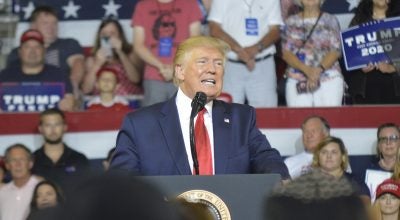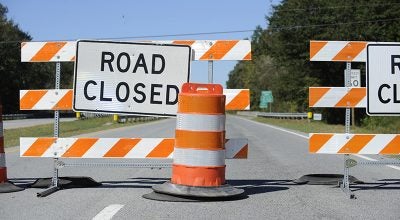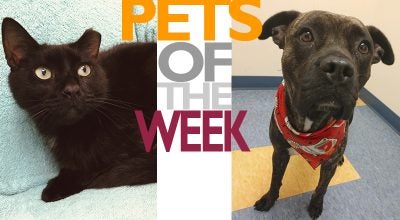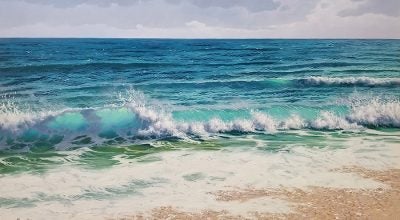A “little” concept
Published 1:46 am Sunday, December 4, 2011
Few would dare to challenge the authenticity of the “Original Washington” moniker for our fair city.
It is, after all, painted on the water tower and appears on several sites around the World Wide Web.
“Established in 1776 in (sic) land donated by Col. James Bonner, Washington is the first city named after George Washington, the first president of the United States,” reads the first paragraph about Washington on Wikipedia.
It is a unique title, which is something to be proud of. The biggest and best may change, but no one else can lay claim to the “original” Washington. That title will endure.
But today we are discussing branding, which is an entirely different subject altogether. Branding is “the visual, mental and emotional impression of a person, a product, a place, or an experience held by a consumer,” according to Greenville-based Eye Integrated Communications. In essence, branding is based on what others say and feel about you.
We all know pork as “the other white meat,” Coca-Cola is “the real thing,” and Allstate Insurance is “the good hands people.”
These were all branding campaigns designed to evoke a feeling – a good feeling – about a product or company.
The City of Washington, the Washington Tourism Development Authority, Washington Harbor District Alliance and the Washington-Beaufort County Chamber of Commerce are working with EIC to develop a brand for our city. At last week’s City Council meeting, EIC President Bill Roberts unveiled a proposal to market Washington as “Little Washington,” suggesting that the city should capitalize on the fact that most people, especially from outside Washington, connected with “Little Washington” as opposed to “Original Washington.”
The point of this exercise is to develop a brand, or “feeling,” about Washington. Currently, visitors have a good, positive feeling about “Little Washington.” Why invest time, effort and money in changing that feeling?
Imagine Chicagoans wanting to change their brand from “the windy city” to “the breezy city” or New Yorkers preferring “the big pear” to “the big apple.” All their best efforts might be for naught.
Whatever the end result of this branding workshop, it is vital that we, as a community, collectively embrace one single message that will be designed to induce that positive feeling about our Original Washington.





